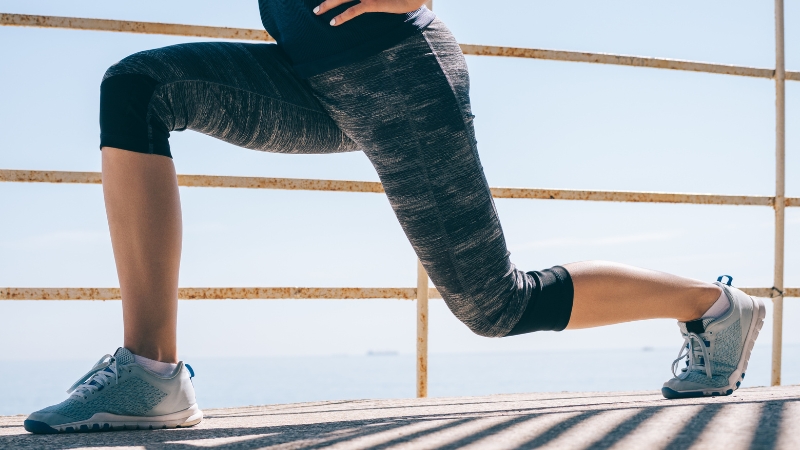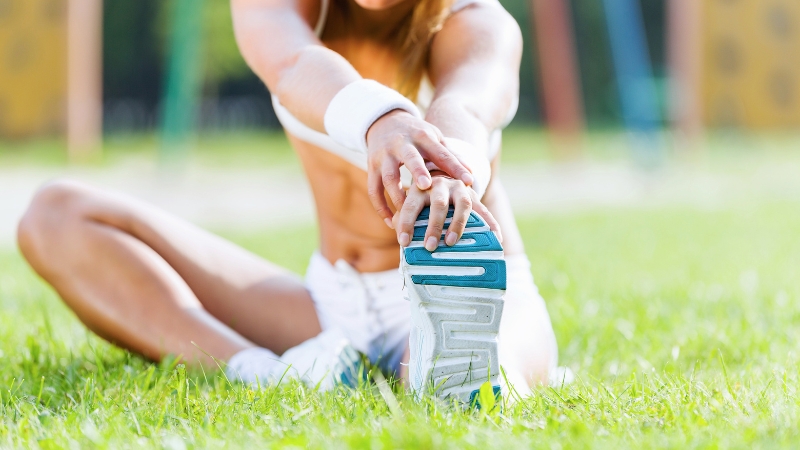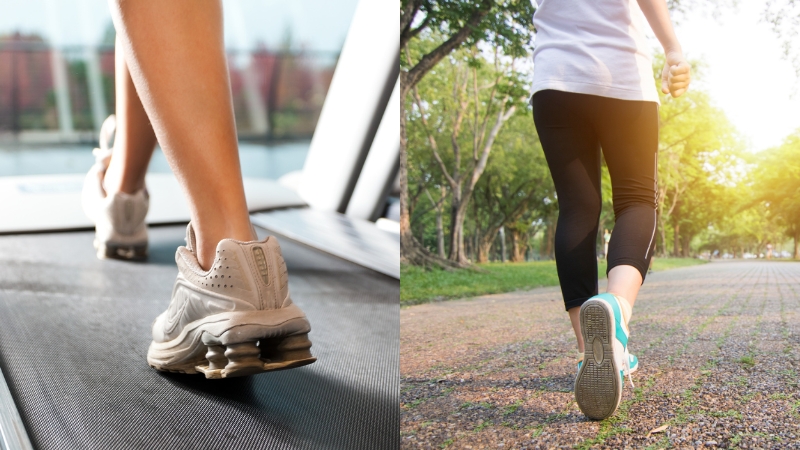
Share Post:
Taking care of your spine is essential for overall health and mobility. Your spine provides support, flexibility, and protection for your nervous system, making it a vital part of your body.
When your spine feels stiff, sore, or weak, it can affect everything from your posture to your ability to complete daily tasks comfortably.
While staying active is important, not all exercises are spine-friendly. High-impact workouts or improper form can put unnecessary stress on your back, leading to discomfort or even injury.
Fortunately, low-impact exercises offer a safer way to strengthen your spine and the surrounding muscles. These exercises minimize strain on your joints and back while helping improve stability, posture, and core strength.
Whether you’re dealing with back pain or simply looking to build a stronger spine, these five exercises can help you stay active and support your spinal health without the risks of high-impact activities.
Table of Contents
ToggleWalking
Walking is one of the most effective and accessible low-impact exercises for improving spinal health. It helps strengthen the lumbar and core muscles, which are essential for supporting your spine and maintaining good posture.
It also promotes better circulation, which delivers oxygen and nutrients to the spinal tissues, aiding in recovery and reducing inflammation.
At least 30 minutes of walking every day can significantly improve spinal endurance and flexibility.
Benefits of Walking for Spine Health
- Strengthens core and lumbar muscles for better spinal support
- Improves posture and reduces the risk of chronic back pain
- Enhances circulation to deliver vital nutrients to spinal tissues
- Counteracts the effects of a sedentary lifestyle
Tips for Safe Walking
- Wear supportive shoes to avoid unnecessary strain.
- Walk on even surfaces to minimize impact on the spine.
- Maintain an upright posture and avoid slouching while walking.
If back pain or a spinal injury limits your ability to walk or leads to ongoing discomfort, consulting a healthcare provider is essential.
Additionally, a Redmond spinal injury attorney can offer legal guidance for compensation or assistance if your injury resulted from an accident or negligence.
Swimming
Swimming is a low-impact, full-body exercise that provides significant benefits for spinal health. The buoyancy of water reduces pressure on the spine, allowing you to strengthen your core and back muscles without adding strain.
- Swimming improves flexibility, stability, and posture, which are crucial for maintaining a healthy spine.
- Research shows that swimming can also alleviate chronic back pain by enhancing the mobility of the spine and reducing stiffness.
- Strokes like freestyle and backstroke are particularly effective for targeting the muscles that support your back.
Benefits of Swimming for Spine Health
- Reduces gravitational pressure on the spine
- Strengthens core and back muscles with low joint impact
- Improves flexibility and range of motion in the spine
- Relieves stiffness and chronic back discomfort
Tips for Swimming Safely
- Focus on proper technique to avoid unnecessary strain.
- Use a heated pool if possible to relax muscles and ease tension.
- Avoid strokes that may overextend your neck or lower back.
Yoga
Yoga offers a combination of stretching and strengthening movements that promote spinal health and overall well-being.
- Studies have shown that yoga can alleviate chronic back pain by reducing stiffness and tension in the spinal region.
- Beyond physical benefits, yoga also encourages relaxation, which can ease stress-related back pain.
A few minutes of targeted yoga daily can help keep your spine aligned and healthy.
Best Yoga Poses for Spine Health
Downward Dog: Stretches and strengthens the entire back and hamstrings.
Cat-Cow Pose: Promotes spinal mobility and reduces stiffness.
Child’s Pose: Relieves lower back tension and enhances relaxation.
Tips for Practicing Yoga Safely
- Focus on gentle, beginner-friendly poses if you’re new to yoga.
- Avoid deep twists or overextensions if you have existing back pain.
- Use props like blocks or straps for added support during poses.
Cycling

It improves cardiovascular health and increases overall endurance, both of which are essential for maintaining a healthy and mobile spine.
Maintaining an upright position and adjusting the bike seat to the correct height can make cycling a safe and effective choice for spinal health.
How Cycling Benefits Your Spine
- Builds core stability and back strength.
- Reduces strain on the joints compared to high-impact activities.
- Improves posture and spinal alignment.
Elliptical Training
Elliptical machines provide a spine-friendly workout by offering a smooth, low-impact motion that minimizes stress on your back.
This exercise engages your core, lumbar, and leg muscles, which are essential for spinal support and stability.
Unlike running or jogging, the elliptical eliminates the jarring impact on your vertebrae while still delivering an effective cardiovascular workout.
Using the elliptical regularly can also help improve posture by promoting balanced muscle engagement.
Benefits of Elliptical Machines for Spinal Health
- Strengthens core and lower back muscles.
- Provides a low-impact cardio option that’s easy on the joints.
- Encourages natural spinal alignment through smooth movements.
Practical Advice for Effective Use
- Maintain an upright posture throughout your session.
- Use the handles to engage your upper body and core.
- Start with moderate resistance to avoid overloading your back.
FAQs
The Bottom Line
Strengthening your spine doesn’t require high-impact or complex routines. Low-impact exercises like walking, swimming, yoga, cycling, and elliptical training provide effective and safe ways to support your spinal health, improve posture, and reduce pain.
Combining these activities with proper technique, regular stretching, and a healthy lifestyle can help you maintain a strong, flexible, and pain-free spine.
If you face persistent discomfort or complications, seeking professional advice is crucial to addressing underlying issues and ensuring long-term well-being.
Related Posts:
- 7 Effective Home Exercises to Strengthen Your Back…
- Pilates Ring Arm Workout: Tone and Strengthen with Every Rep
- Top 12 Dumbbell Chest Exercises for Home Workouts
- Top 12 Exercises That Help Women Over 40 Stay Lean…
- Top 8 Low-Impact Cardio Exercises for Bad Knees
- Top Electrolyte-Rich Foods to Boost Your Fitness Regimen









